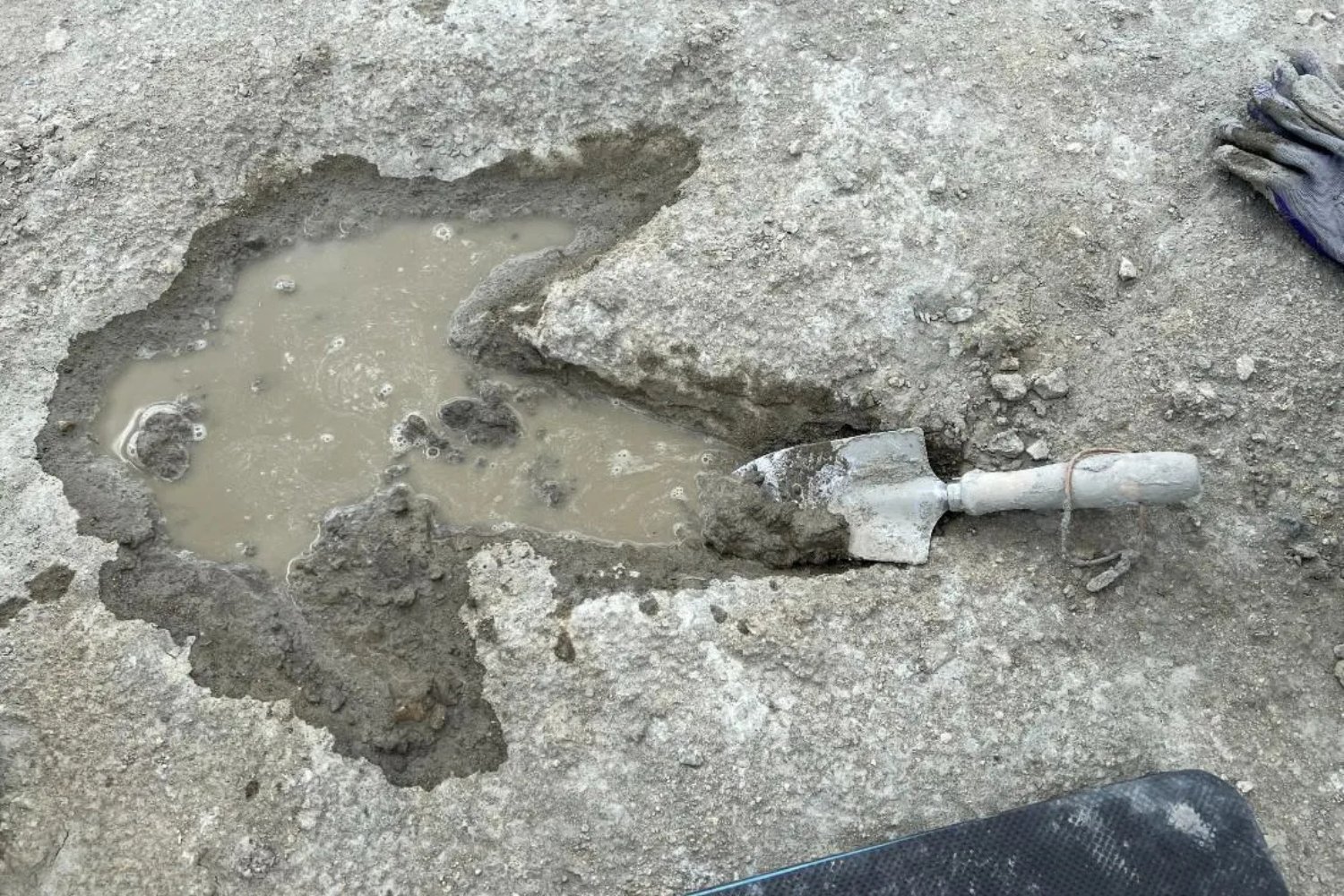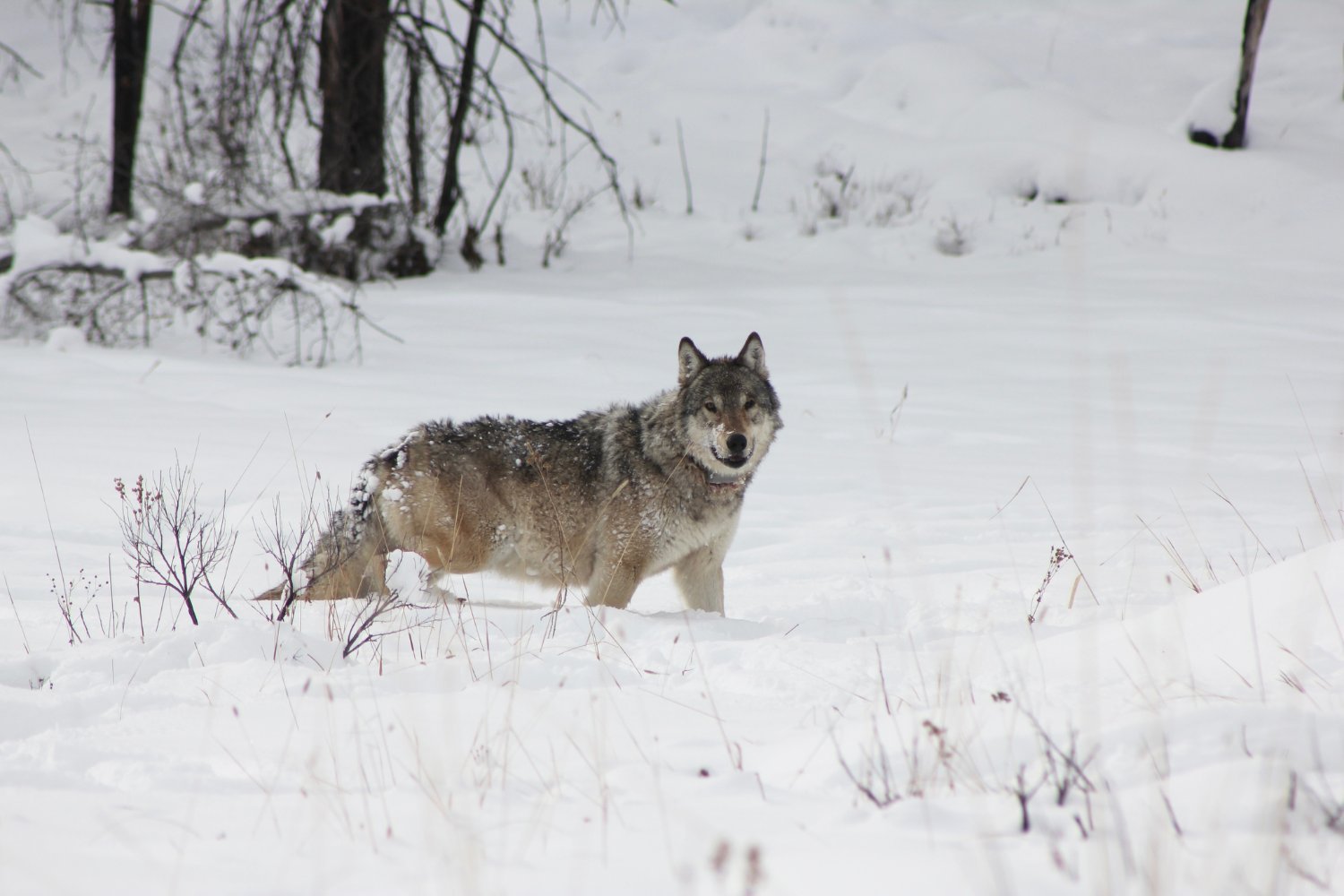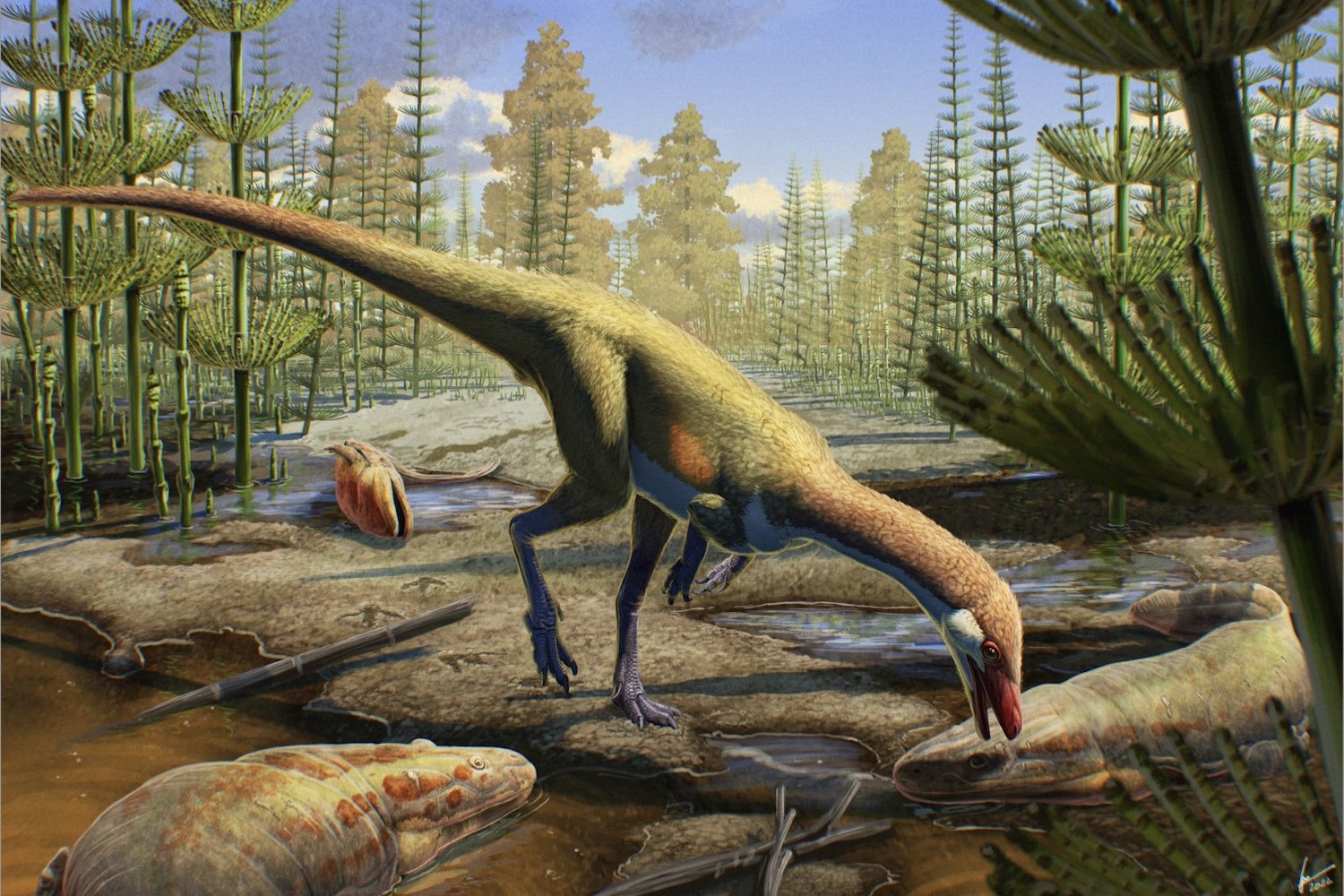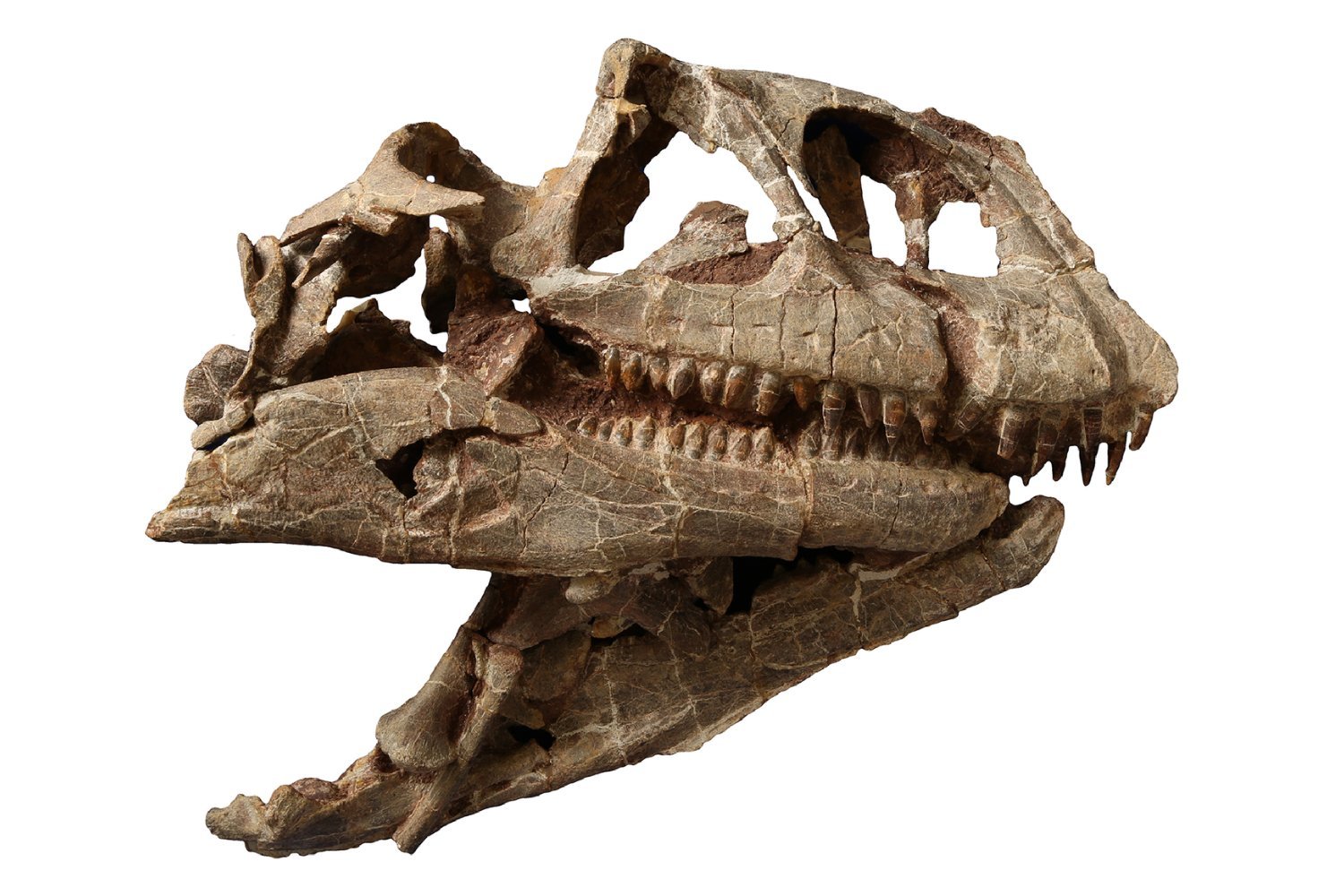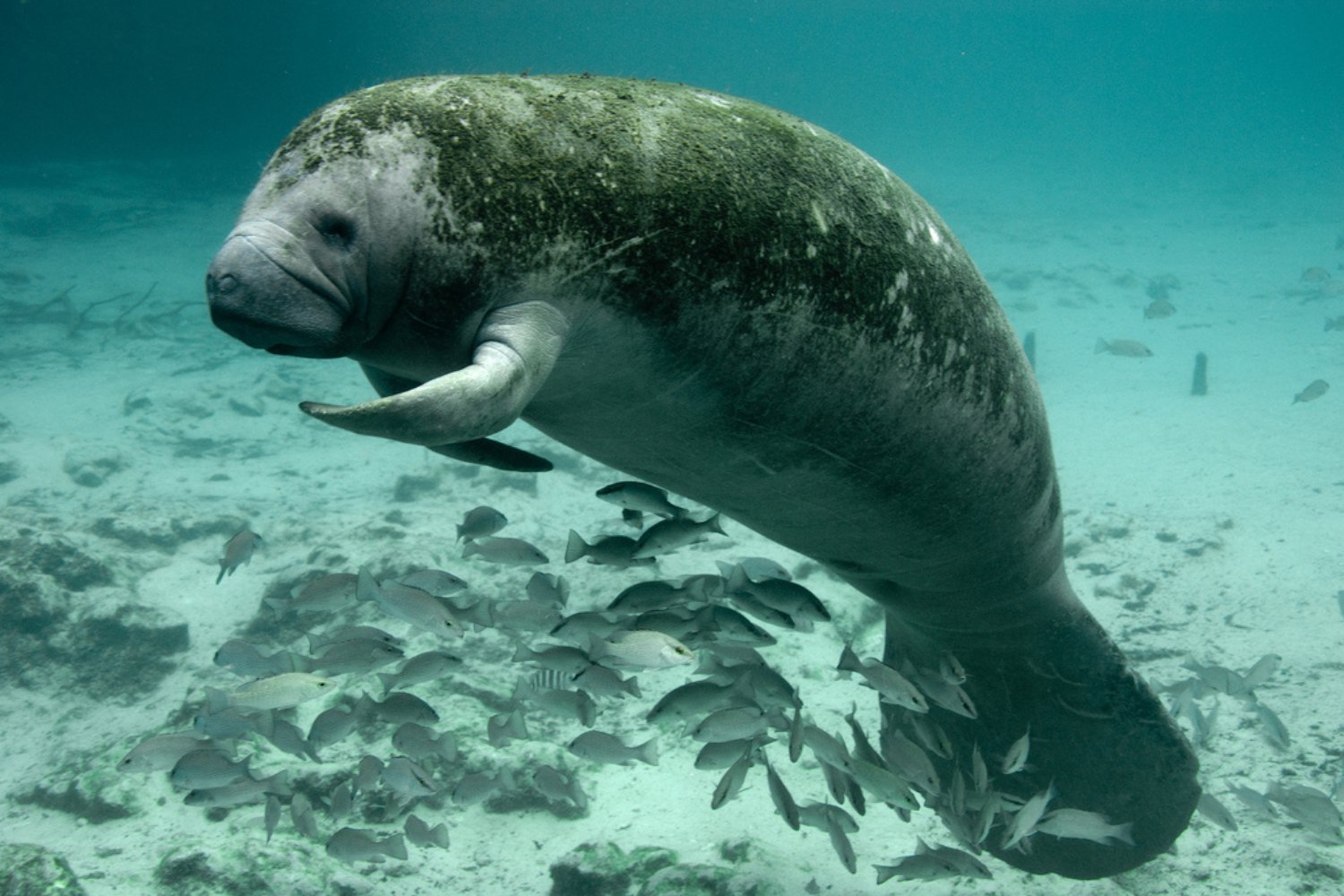The UK’s largest dinosaur trackway, comprised of approximately 200 footprints dating back to the Jurassic Period, has been unearthed in a quarry in Oxfordshire, England. Discovered six months ago by a team of paleontologists, the site offers a remarkable glimpse into a prehistoric world dominated by giants.
The footprints represent a diverse range of dinosaur species, including massive herbivorous sauropods and fearsome carnivorous theropods. Researchers believe the tracks belong to Cetiosaurus, a sauropod reaching lengths of up to 60 feet (18 meters), and Megalosaurus, a theropod measuring around 29.5 feet (9 meters) long. Interestingly, Megalosaurus holds a special place in paleontological history, being the first dinosaur officially named by science in 1824.
“Despite Megalosaurus being the subject of scientific study longer than any other dinosaur, these recent findings demonstrate that there’s still much to uncover about these ancient creatures,” stated Emma Nicholls, a vertebrate paleontologist at the Oxford University Museum of Natural History, in a University of Birmingham press release.
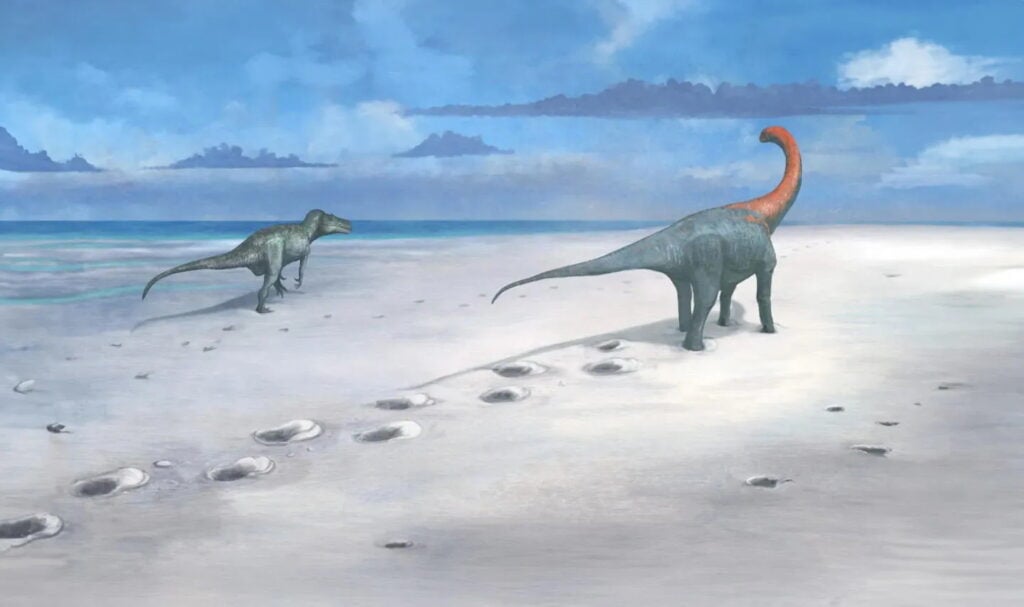 A paleoart reconstruction of the trackways being formed.Dinosaur trackway formation, artist’s impression. Illustration: Mark Witton
A paleoart reconstruction of the trackways being formed.Dinosaur trackway formation, artist’s impression. Illustration: Mark Witton
While lacking fossilized bones, dinosaur trackways provide invaluable insights for paleontologists. These fossilized traces of prehistoric life offer snapshots of past ecosystems, revealing the diversity of species present at a given location, the environmental conditions, and the varying sizes and ages of the dinosaurs that roamed the area.
These ichnological findings (related to the study of footprints) provide a unique window into the ancient world. When combined with evidence from fossilized bones, they paint a more comprehensive picture of prehistoric life.
The recent Oxfordshire discovery isn’t the first trackway find in the region. In 1997, over 40 sets of dinosaur footprints were found in a nearby limestone quarry, shedding light on the dinosaurs that inhabited what is now England during the Jurassic Period.
Close up view of dinosaur tracks in the mud.Detailed view of the preserved dinosaur footprints.
However, advancements in technology over the past three decades have revolutionized paleontological research. The team employed cutting-edge techniques, capturing over 20,000 images of the newly discovered trackway. This detailed documentation allows for in-depth analysis, providing information about the dinosaurs that created the tracks and potential interactions between them.
“The exceptional preservation allows us to observe the deformation of the mud as the dinosaurs’ feet pressed into the ground,” explained Duncan Murdock, an earth scientist at the Oxford University Museum. “This, combined with other fossils like burrows, shells, and plants, enables us to reconstruct the muddy lagoon environment these dinosaurs traversed.”
Researchers examining the dinosaur tracks.Researchers studying the newly discovered dinosaur tracks.
Further investigation of the site promises to unveil even more details about these Jurassic creatures. For now, the sheer scale of the trackway and the impressive size of the dinosaurs that created them offer a captivating glimpse into a prehistoric world.



